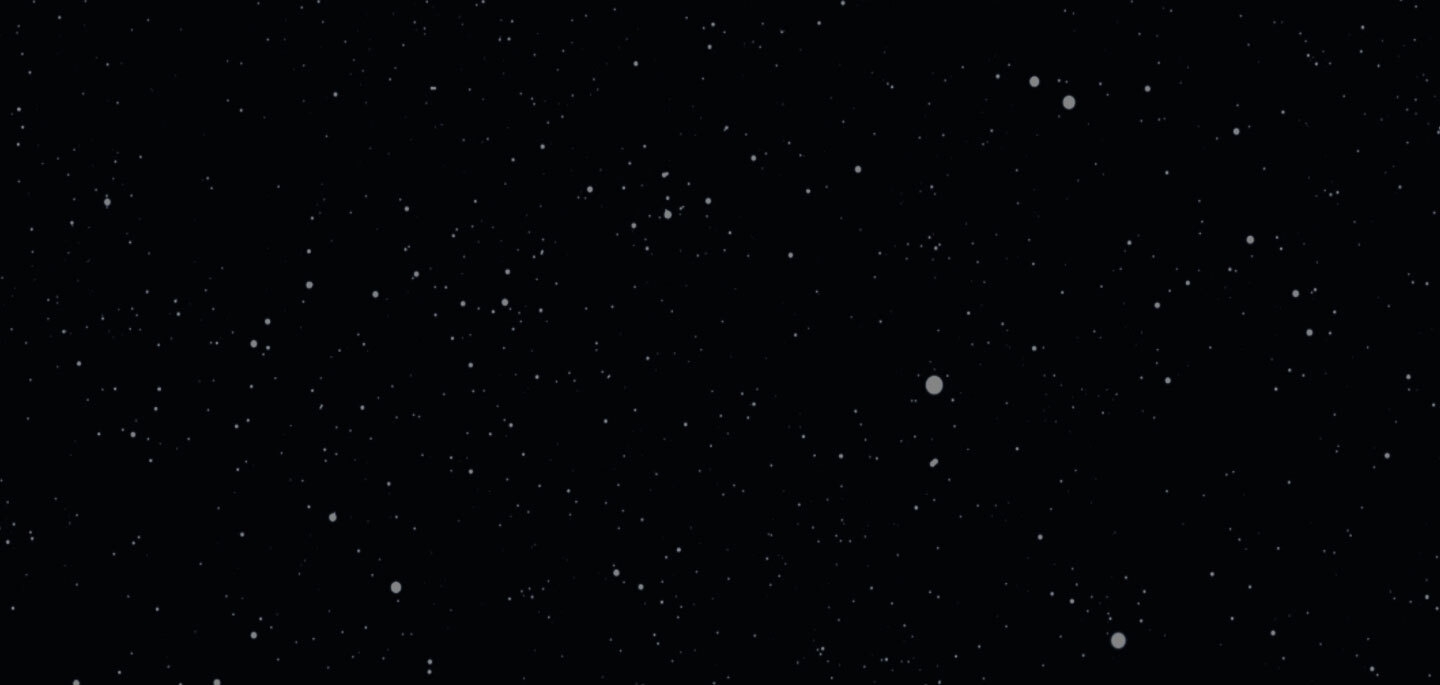Afrofuturism and Black Literature
Afrofuturist themes and expressions gave additional voice to the creatives and intellectuals whose works grounded, identified, and located Black culture in an increasingly technological world. Creating fictional landscapes and exploring topics of rebellion, resistance, pride, and power, literature was a crucial outlet for Black authors reflecting on the shifting racial and technological dynamics of the newly industrialized age.

Literary Afrofuturism
From Frances Harper’s 1892 novel Iola Leroy, to Sutton Grigg’s Imperium in Imperio, to the various stories of Pauline Hopkins, Edward Johnson and George Schulyer, Black authors at the turn of the 20th century provided early voicings of Afrofuturist literary themes. As industrial and technological changes reshaped the world, the underpinnings of Afrofuturism emerged to provide a relevant, poignant critique of race and society. Much of this writing can be described as of speculative fiction, a literary category that imagines different worlds, sometimes because of new technologies as in science fiction, and sometimes in more fantastical ways.

Martin Delany and the First Black Science Fiction Novel
Blake: or, the Huts of America was published in The Anglo-African Magazine, one of the earliest periodicals featuring Black editors and directed towards a Black audience
Blake: or, the Huts of America by Martin Delany (1812–1885) is commonly cited as the earliest example of Afrofuturism in American literature. A two-part serial originally published in The Anglo-African Magazine in 1859, Delany’s alternative-history is the first science fiction story to feature Black protagonists in Black settings. Set in the South and abroad, Delany’s tale features a journey of freedom and liberation.
New Negro
W.E.B. Du Bois in the office of The Crisis. Published by the NAACP, Du Bois served as editor of The Crisis.
The start of the 20th century brought new perspectives, technologies, and ideasabout race and society. Emerging in the aftermath of Reconstruction, the concept of the New Negro became a central tenet of modern Black identity, offering a worldly and intellectual vision of African American life that challenged racial myths of Black inferiority. New literature and art reflected the values of this emergent identity and voiced Afrofuturist themes and expressions.

The Crisis Magazine
An iconic American visual artist during the Harlem Renaissance, Aaron Douglas (1899–1979) illustrated covers for Du Bois’s The Crisis magazine. Douglas painted Black faces in a bold, modern visage during an era dominated by stereotyped depictions of African Americans. His art emphasized African symbolism, becoming an early example of 20th century Afrofuturist visual style.
Cover of The Crisis magazine, illustrated by Aaron Douglas
Cover of the The Crisis magazine, illustrated by Aaron Douglas
‘The Comet’
Darkwater: Voices from Within the Veil by W.E.B. Du Bois, 1920
Though known primarily as a sociologist, historian, and essayist, W. E. B. Du Bois also wrote speculative fiction. In 1920, Du Bois published Darkwater: Voices from Within the Veil," a collection of essays and other writings. Among those writings was "The Comet," which is considered an early work of 20th century Afrofuturist literature. His dystopian short story is a speculative fiction allegory that reveals the destructiveness of racism.

New Worlds of the Black Diaspora
Abubakar Imam in an office
Black authors of the African diaspora also helped to created the Afrofuturist literary canon of speculative fiction. Some of these authors were part of the Harlem Renaissance, but many were part of other intellectual movements across the diaspora and within the African continent. In 1932, Jean-Louis Njemba Medou wrote about the perils of colonization in Nnaga Kôn. Nigerian-born authors Muhammadu Bello Kagar (Gandoki), and Abubakar Imam (Ruwan Bagaja) wrote mythic revisions of their country’s history. Tongolese novelist Felix Couchoro wrote the magical realist romance novel, Amour de Feticheuse.
Retelling the Life of Shaka Zulu
Chaka: An Historical Romance by Thomas Mofolo, 1931
In 1925, Basotho author Thomas Mofolo (1876–1948) of South Africa wrote the popular novel Chaka—a fictionalized retelling of the life of Shaka Zulu, the powerful warrior and monarch of the 19th century Zulu Kingdom. Retelling Shaka Zulu’s story with magical elements and fantasy, Mofolo’s work of speculative fiction laid important groundwork for the science fiction and Afrofuturist literature that emerged in the mid-20th century.
